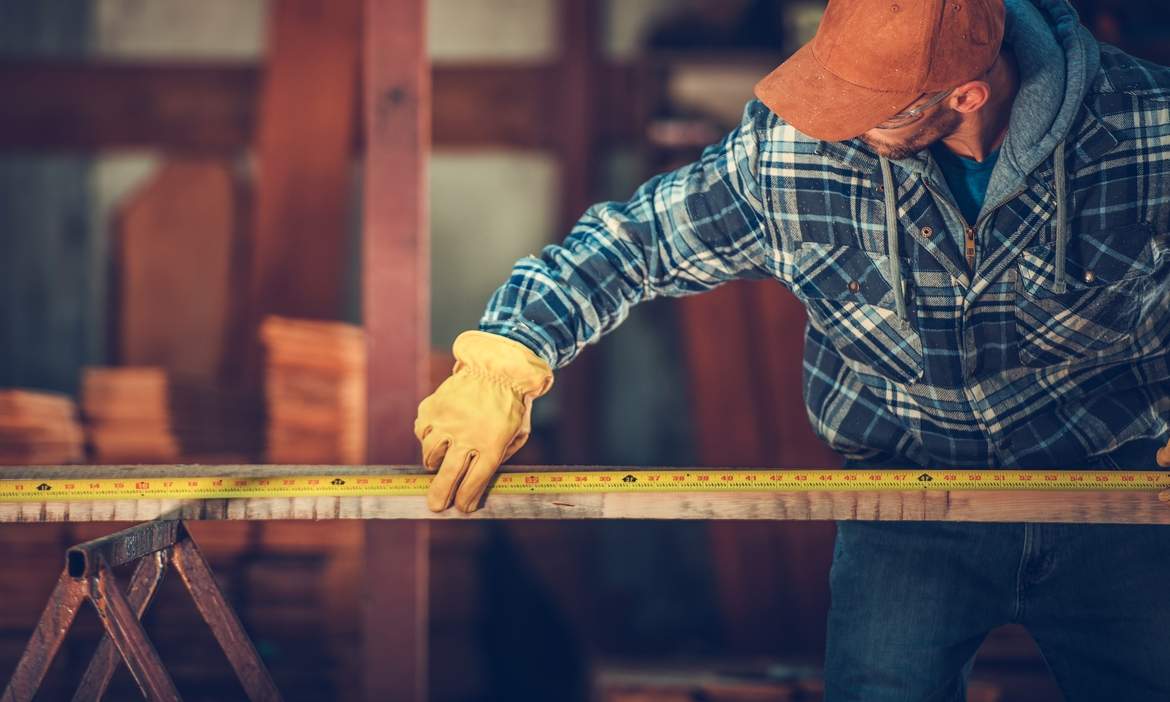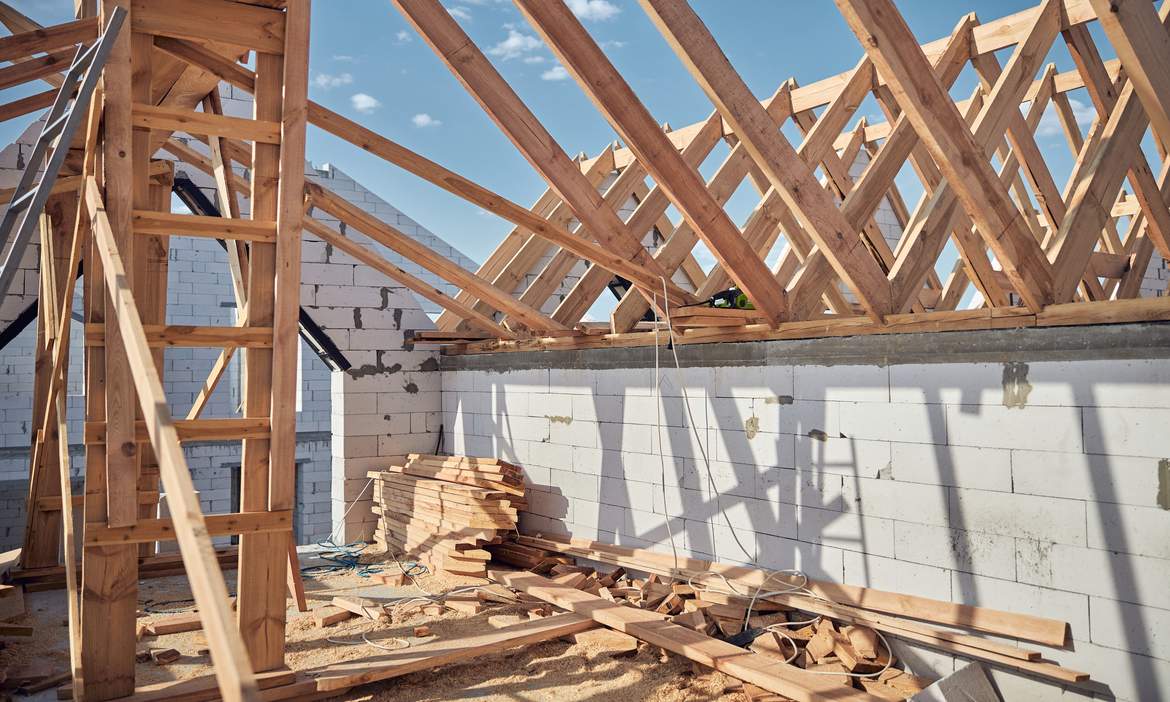I Beam, often known as H Beam, is a key component of modern building all over the world. They are also known as universal beams since they are still commonly used even after the creation of many other types of beams, such as W Beams and Concrete Beams.Let's learn more about I Beams and their importance in the building business throughout the years.But first, as is traditional for the unfamiliar.
Beams in Construction: What Are They?
Beams are a type of structural feature that is used to support axial loads such as a floor or roof.Historically, wood/timber was used as beams, but in the present day, wrought iron, steel, and other metals, such as concrete, are employed.

What are the many sorts of Beams?
Fixed, trussed, overhanging, double overhanging, simply supported, cantilever, spring supported, and other types of beams are available.
What exactly is an I Beam?
The I Beam is the most common structural steel beam in modern construction. They are also known as universal beams and are classified into H, W, and other beams.
It is also recognised as the most useful beam in the building business due to its incredible load capacity and versatility.
It is also recognised as the most useful beam in the building business due to its incredible load capacity and versatility.
Who created the I Beam?
In 1849, Alphonse Halbou received a patent for I beams made of wrought iron, and Henry Grey created the rolling process that enhanced the I beams.
An I Beam A Design?
An I Beam is a long length of structural steel with two horizontal planes called flanges joined by a steel portion in the centre, giving it the appearance of a single long piece of steel sideways and the letter "I" or "H" straightways (in the transverse section).
This unique construction prevents the beam from splitting in two and instead causes it to bend. This straightforward design is also a very cost-effective method of producing steel.

What are the many types of I Beams?
Certain metallic or steel beams can be classified as I beams since they have a similar structure.H Beams: H Beams are a subclass of I Beams since they appear to be extremely similar to I Beams. They are also known as bearing piles and have the same thickness all throughout as I beams but with larger legs.
W Beams: W beams are another type of beam that is commonly utilised as an I beam. W beams have a non-uniform thickness and resemble W in cross section. W beams are commonly utilised as road guardrails. These are also known as propose system beams.
What are the advantages of using an I Beam?
I beams have various advantages, including high load bearing capacity, angular momentum, reusable material (steel), vibration dampening, and a wide range of diameters.

What are the various metals and materials used to create I beams?
Steel I beam, stainless steel I beam, galvanised I beam, concrete I beam, fibreglass I beam, carbon fibre I beam, plywood I beam, and the old school wrought iron I beam are all employed in the building of I Beams nowadays. However, structural steel is the most commonly utilised.

So, there was a brief summary on I Beams in the building sector. Please share your ideas.
Looking for a well planned budget and homes?
Explore RK Builders and drop your requirements at itsrkbuilders@gmail.com
Comments are closed
Categories
Why we are here?
RK Builders, the leading building firm in Jaipur, is always there to support your ambitions.
Categories
Why we are here?
RK Builders, the leading building firm in Jaipur, is always there to support your ambitions.
